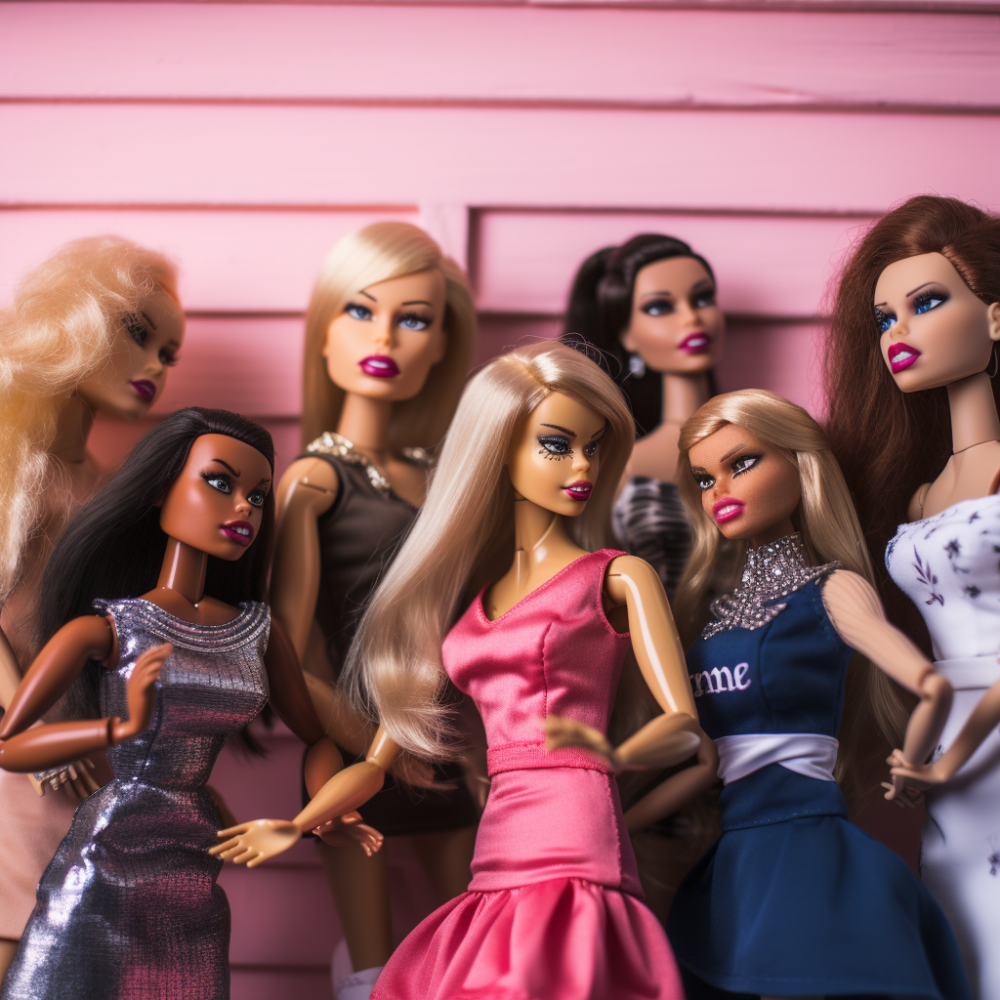Rabid Barbie discourse

In the final paragraph of an article about the recently released Barbie film that I happened across on The Verge, Charles Pulliam-Moore referred to “the rabid Barbie discourse”.
In my sheltered world, there has been very little “Barbie discourse” at all. The venerable New York Times published an opinion piece by Andi Zeisler:
For the past 64 years, Barbie has been at the center of countless debates about who women are, who they should be, how they look and what they want.
I mean, really? Has it?
I’m sure we’ve all seen occasional articles about Barbie’s freakish body proportions. There have been many articles over many years promotion the brand’s diversification of the doll line with new models representing different professions, skin tones, disabilities, and so forth. And humorous cultural references to the Barbie line are quite pervasive: see Malibu Stacy in The Simpsons. Even I indulged on this blog, albeit 17 years ago.
In the 1990s, the London Review of Books published an article on Barbie by Lorna Scott Fox, with possibly the most quintessentially LRB opening I’ve ever I’ve read:
‘Barbie can be anything you want her (yourself) to be!’ Thus the sales pitch for a plastic toy that in most people’s minds simply represents the essence of bimbo-ness. But what if the big hair and tacky costumes were actually vehicles of patriarchal and racial hegemony, while also enabling a potentially subversive network of reappropriative authorial narratives?
“But really,” I thought, “it’s just a toy. Surely, this can’t really spill over into ‘rabid Barbie discourse?’”
I underestimated, as a quick web search for ‘rabid Barbie discourse’ revealed. The top result—from the website of a newspaper that has been publishing for more than two centuries—was a news article using words like ‘enraged’, ‘insane’, ‘woke’, ‘wild’, ‘bonanza’, ‘heaven’, ‘banned’, ‘feminist’, ‘patriarchy’, ‘mean-spirited’ and ‘cynical’ in discussion of a promotional popcorn container. The container was pictured no less than fifteen times in the article.
And honestly: that’s where I realised that this ‘rabid discourse’ was—like anything rabid—best avoided.
The image at the top of this post was generated by Midjourney.
This post was filed under: Post-a-day 2023, Andi Zeisler, Barbie, Charles Pulliam-Moore, Lorna Scott Fox, The LRB, The New York Times, The Verge.